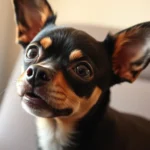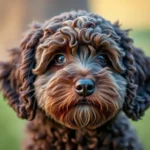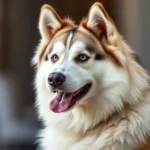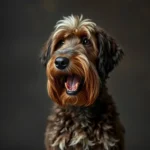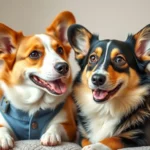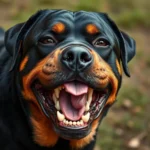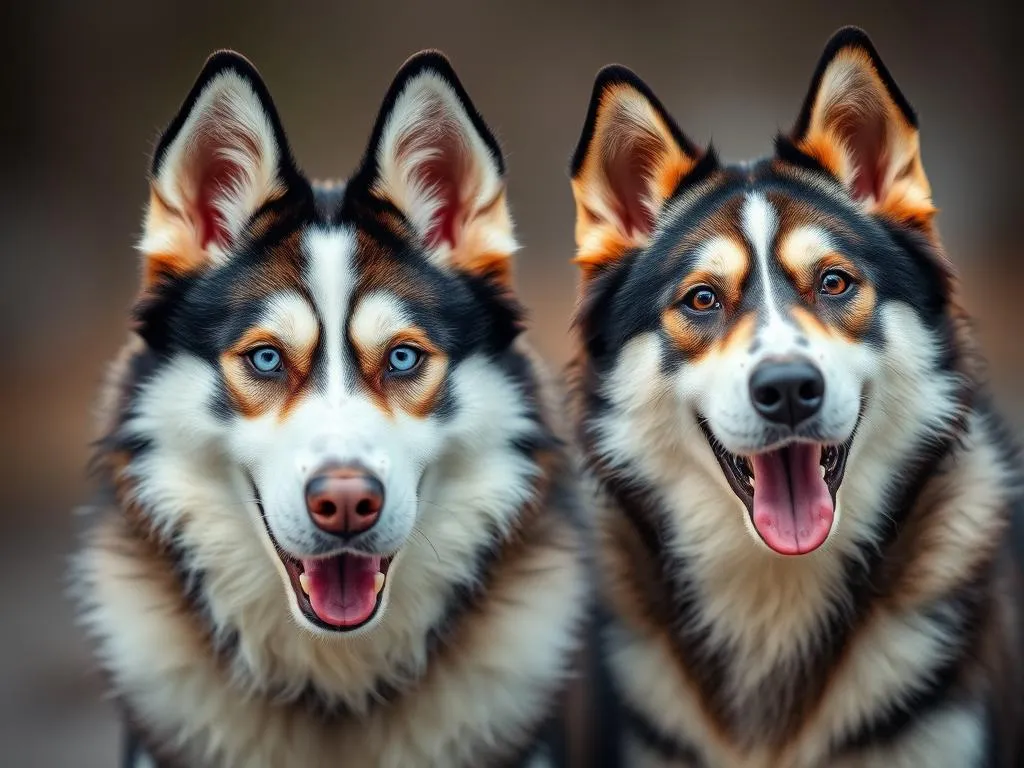
Introduction
The world of dog breeds is incredibly diverse, with each breed offering unique traits, appearances, and temperaments. Understanding the various types of dog breeds is essential for prospective dog owners, ensuring they find the right companion that fits their lifestyle and family dynamics.
One breed family that stands out due to its striking appearance and friendly disposition is the Husky. Recognized for their beautiful coats and piercing blue or multi-colored eyes, huskies have gained immense popularity over the years. This article delves into the types of husky breeds, offering insight into their key characteristics, care requirements, and suitability for different owners.
Understanding the Husky Breed
Origin and History
The Siberian Husky originated in Siberia, bred by the Chukchi people for sled pulling, companionship, and as a source of warmth. These dogs were essential for transportation and hunting, showcasing their remarkable endurance and strength. Over time, as they spread to other regions, their friendly nature and striking appearance captured the hearts of many dog lovers.
General Characteristics
Huskies are medium-sized dogs with a sturdy build. They typically have a thick double coat that comes in various colors, including black, grey, and red, often paired with white markings. Their expressive eyes can be brown, blue, or even one of each, giving them a unique charm.
In terms of temperament, huskies are known for their friendly and energetic nature. They are social dogs that thrive on interaction, making them great companions for families and individuals alike. However, their high energy levels and independent spirit require dedicated owners who can provide ample exercise and engagement.
Main Types of Husky Breeds
Siberian Husky
Description
The Siberian Husky is perhaps the most recognized of all husky breeds. They typically weigh between 35 to 60 pounds and stand about 20 to 24 inches tall at the shoulder. Their fur is dense and requires regular grooming to prevent matting.
Temperament
Siberian Huskies are known for their playful and affectionate nature. They are excellent with children and can be friendly with other pets, although early socialization is key to ensuring they get along well.
Care Requirements
These dogs require significant exercise due to their high energy levels. Daily walks, playtime, and mental stimulation are crucial. Grooming is also vital, especially during shedding season, which occurs twice a year. Regular vet check-ups are essential to monitor their overall health.
Alaskan Husky
Description
Unlike the Siberian Husky, the Alaskan Husky is not a specific breed but rather a mixed breed developed primarily for sledding. They vary widely in appearance, size, and color, typically weighing between 40 to 65 pounds.
Temperament
Known for their work ethic and intelligence, Alaskan Huskies are highly trainable but can exhibit a strong independent streak. They tend to be friendly and social, making them suitable for families, especially those who enjoy outdoor activities.
Care Requirements
Alaskan Huskies require a lot of exercise and mental stimulation. They thrive in active households and benefit from training classes that engage their minds. Regular grooming is necessary to manage their shedding and keep their coat healthy.
Greenland Dog
Description
The Greenland Dog is a large, powerful breed with a thick coat that protects them from harsh climates. They usually weigh between 65 to 100 pounds and are known for their striking appearance, often resembling a Siberian Husky but larger.
Temperament
These dogs are loyal and protective, making them excellent companions for families. They are known for their strong instincts and can be territorial, so early training and socialization are crucial.
Care Requirements
Greenland Dogs require substantial exercise and thrive in environments where they can run and play. Their thick coat needs regular grooming, especially during shedding seasons. Proper nutrition is also essential to maintain their energy levels.
Mackenzie River Husky
Description
The Mackenzie River Husky is a lesser-known breed with unique features, often characterized by their rugged appearance and strong build. They usually weigh between 40 to 100 pounds and have a thick double coat.
Temperament
Mackenzie River Huskies are known for their friendly nature and adaptability. They tend to get along well with other dogs and humans, making them suitable for various living situations.
Care Requirements
These dogs require regular exercise and thrive in active households. They also benefit from socialization and training from an early age to ensure they develop well-rounded personalities. Grooming is essential to maintain their coat’s health.
Sakhalin Husky
Description
The Sakhalin Husky is one of the rarest husky breeds, originating from Sakhalin Island in Japan. They are medium to large-sized dogs with a robust build and a thick, water-resistant coat.
Temperament
Sakhalin Huskies are known for their family-oriented nature. They are loyal and protective, making them great companions for families. They typically bond closely with their owners and can be reserved around strangers.
Care Requirements
These dogs require regular exercise and mental stimulation. Due to their rarity, finding a veterinarian familiar with their specific health needs may be challenging. Grooming should be done regularly to keep their coat in good condition.
Comparing Husky Breeds
Size and Appearance
When comparing the types of husky breeds, size and appearance can vary significantly. The Siberian Husky and Alaskan Husky are typically medium-sized, while the Greenland Dog and Mackenzie River Husky can be larger and bulkier. The Sakhalin Husky also falls into the larger category but is less common.
Temperament and Personality
While all huskies share a friendly disposition, their temperaments can differ. For example, Siberian Huskies are known for their playful nature, while Alaskan Huskies exhibit a strong work ethic. The Greenland Dog’s protective instincts make it an excellent guard dog, whereas the Mackenzie River Husky is adaptable and social. Understanding these nuances can help potential owners choose the right dog for their lifestyle.
Care and Maintenance
Each husky breed has unique grooming and exercise needs. Siberian and Alaskan Huskies require regular grooming, especially during shedding seasons. In contrast, Greenland Dogs and Sakhalin Huskies also need consistent exercise but may require different dietary considerations due to their size. Understanding these care requirements is crucial for ensuring a healthy and happy dog.
Choosing the Right Husky Breed
Considerations for Potential Owners
Choosing the right husky breed involves assessing lifestyle compatibility. Active individuals or families that enjoy outdoor activities may find a Siberian or Alaskan Husky to be a great fit. However, for those with a more sedentary lifestyle, a breed like the Mackenzie River Husky, which may adapt better to less strenuous activities, could be a better option.
Assessing Family Dynamics
When considering a husky, it’s essential to evaluate family dynamics. Families with children may benefit from the friendly and tolerant nature of a Siberian Husky, whereas those with other pets should consider a breed known for sociability, like the Mackenzie River Husky.
Long-Term Commitment
Huskies typically live between 12 to 15 years, necessitating a long-term commitment from their owners. Understanding the breed’s health needs, potential veterinary costs, and grooming requirements is critical for successful ownership.
Conclusion
In summary, the types of husky breeds offer a range of characteristics that can appeal to various dog owners. From the energetic and friendly Siberian Husky to the rare Sakhalin Husky, each breed has unique traits and care requirements.
Responsible ownership begins with thorough research and understanding of these breeds. Whether you choose to adopt from a shelter or seek a reputable breeder, ensuring the right fit for your lifestyle is paramount. Engaging with local dog communities can also provide valuable insights and support as you embark on your journey with your new furry friend.
